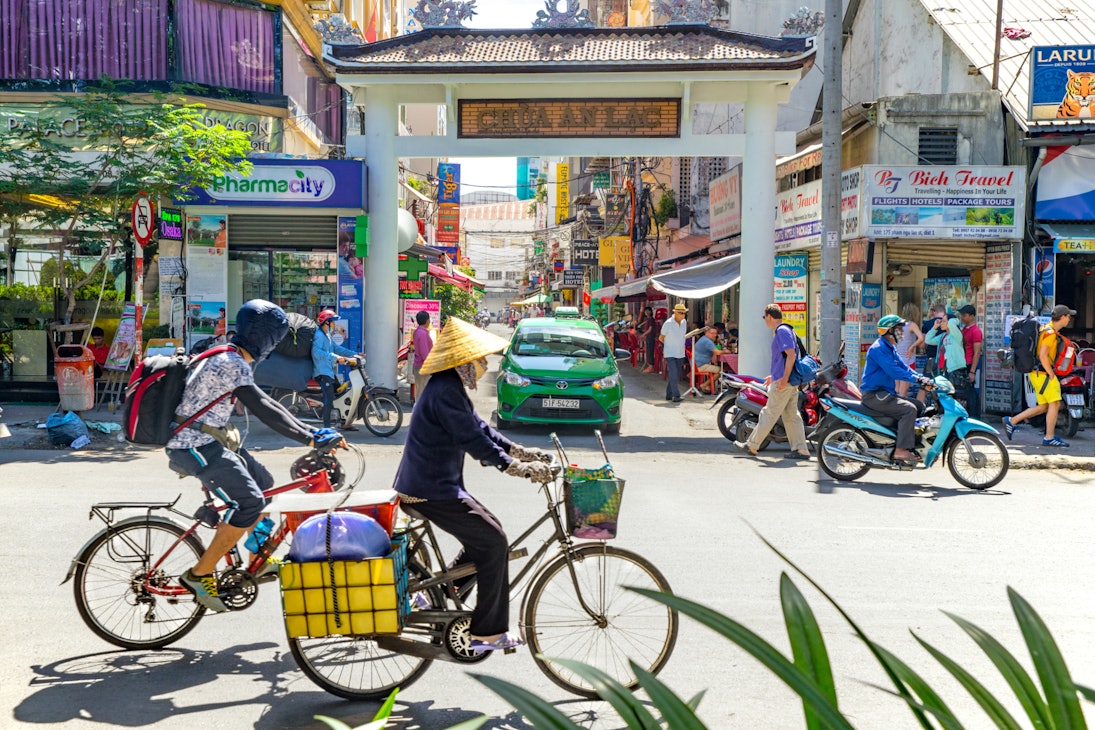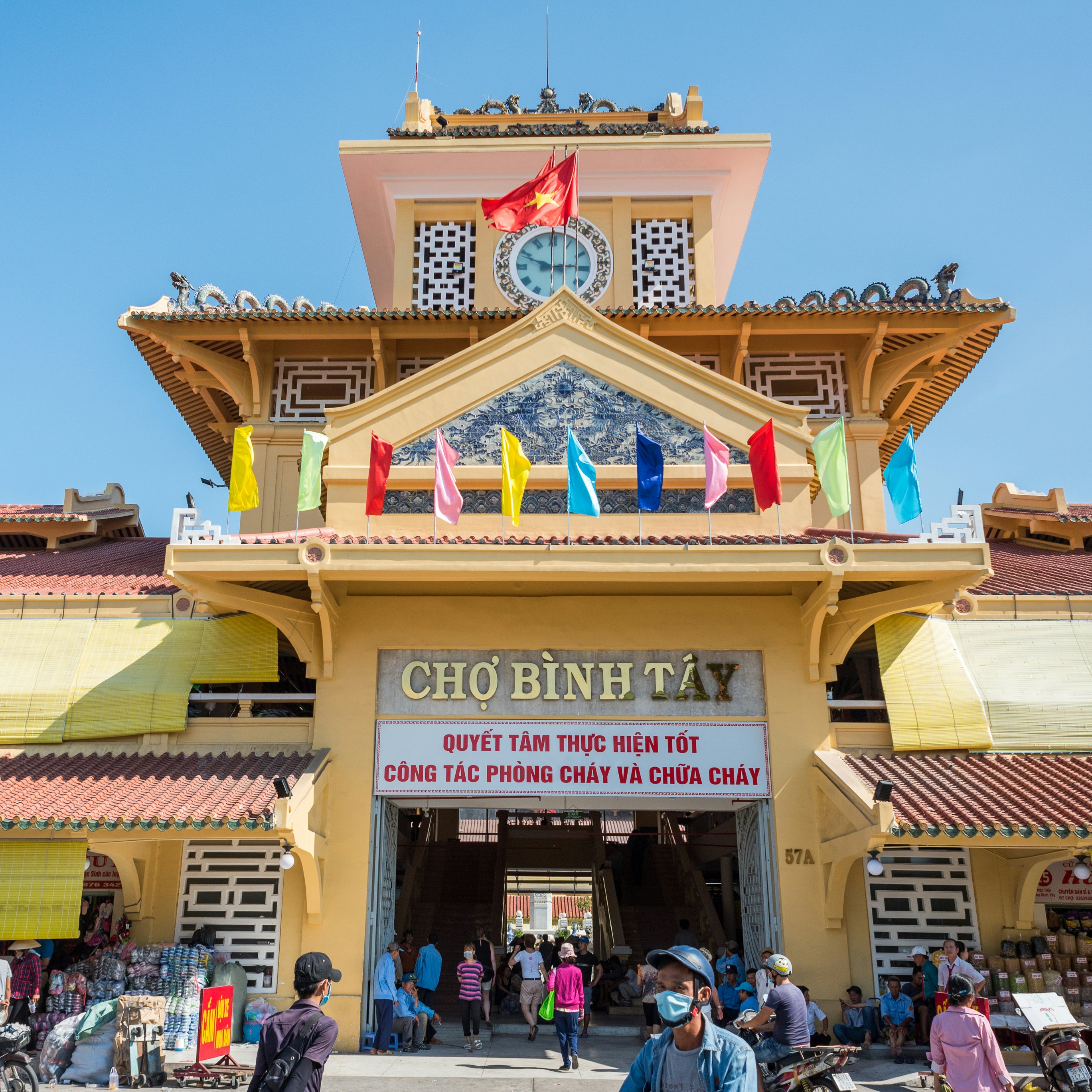
Overview
Ho Chi Minh City (HCMC) is Vietnam at its most dizzying: a high-octane city of commerce and culture that has driven the country forward with its pulsating energy. A chaotic whirl, the city breathes life and vitality into all who settle here, and visitors cannot help but be hauled along for the ride.
Leave the planning to a local expert
Experience the real Ho Chi Minh City. Let a local expert handle the planning for you.
Must-see attractions
Planning Tools
Expert guidance to help you plan your trip
Best Things to Do
Fine food and French architecture set the mood in Ho Chi Minh City, Vietnam's southern metropolis. Here are the 10 best things to do in the former Saigon.
Read full article
Best Time to Visit
With two main seasons – dry and wet – Ho Chi Minh City is a culturally rich destination year-round, but timing affects some of its top activities.
Read full article
Things to Know
Here's how to catch the fun festivals, stay connected online, handle your personal space, pay for what you buy and other top things you should know.
Read full article
Free Things to Do
Ho Chi Minh City is one of Southeast Asia’s top destinations for budget-friendly enjoyment. Here's how to spend your time while saving your money.
Read full article
Best Neighborhoods
Explore Ho Chi Minh City one neighborhood at a time with our guide to experiencing the city's best parts.
Read full article
Day Trips
While Ho Chi Minh City is fast-paced and fabulous, it also offers easy access to brilliant day trips in the nearby Mekong Delta.
Read full article
Get a book. Get inspired. Get exploring.
in partnership with getyourguide
















